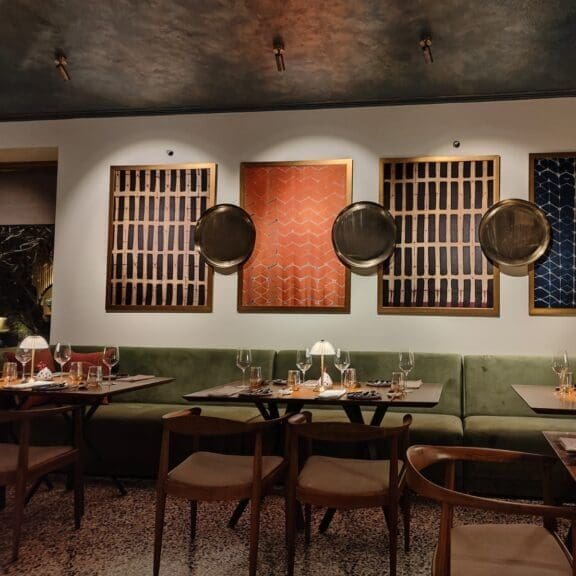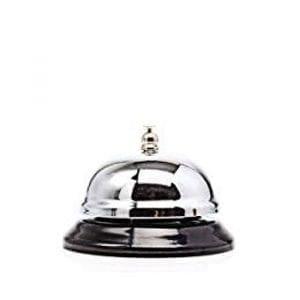
The average restaurant patron today doesn’t want the traditional white linen table treatment, tuxedo-dressed waitstaff and chateaubriand carved tableside. They are food explorers, looking for new vistas with a definite reduction in formality.
And we hoteliers are in large part too slow to respond. Many of us have responded to this change by slashing costs instead of exploring new concepts. After all, the bean counters kept telling us that the margin was in the guestrooms. Some even moved into sub-contracting their restaurants to a third party with mixed results.
But things seem to have a way of circling back. Hoteliers now recognize that everyone eats! Thus, it makes sense to invest in restaurants that deliver unique guest experiences. Moreover, restaurants encourage locals to share in the property environment, further building revenue.
Increasingly, F&B in itself has become the reason why guests select a certain property over others. For example, Nobu started as perhaps the best, most innovative Japanese restaurant venture in the world. It has also spawned a very successful hotel brand that draws customers purely off of the renown of its dining prowess.
Why is this important? Because everybody eats and everyone enjoys the camaraderie from sharing a good meal together. Entice your guests as such with packages that include food credits in your restaurant. Then think of locals with drinks and dinner specials, while also promoting your valet parking services that other independent restaurants likely won’t have.
To accomplish this requires a sound restaurant strategy that provides a solid platform from which to attract both guests as well as local visitors. There are some limitations that a hotel restaurant has that free-standing restaurants don’t have to deal with. First, you have to be open for all meal occasions from breakfast to late night. Second, your food selection has to be a little more mainstream. For example, an Indian restaurant in the Midwest might not be such a good idea as a hotel’s sole dining outlet (although, these days, it might be a runaway hit).
Once you have your restaurant strategy, execute around your chef’s strengths as well as regional tastes. Plan each meal then use your POS to evaluate and refine your selections. Taste your way through your competition, noting strengths and missed opportunities. The process is complex but the rewards are sweet.
As a final consideration, know that TripAdvisor reviews often merge your restaurant with your guestrooms. So, a great restaurant can actually boost your overall scores via the halo effect of a great meal onto your accommodations. Hence, an excellent F&B plan can make up for a lack of CapEx that you wanted to renovate your rooms.
This article may not be reproduced without the expressed permission of the author.



















